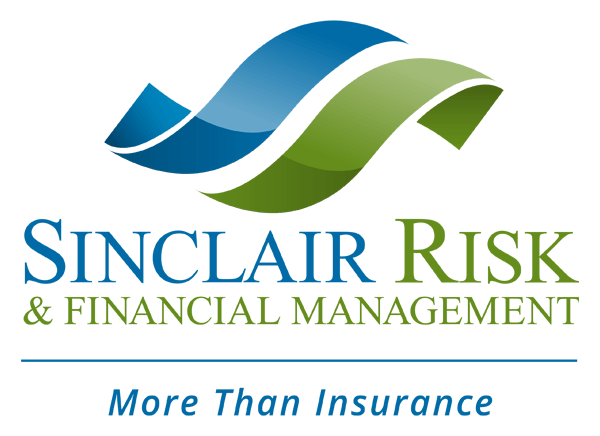More and more companies are instituting wellness programs in the workplace, and it’s no surprise, given that 92% of owners say they are effective, with real, measurable ROI.
Wellness programs are about more than just passively encouraging employees to exercise and watch what they eat (though research shows that is a very positive objective)!
A robust, well-rounded wellness program provides a holistic approach to keeping your employees’ minds and bodies strong and in sync.
Starting a wellness program may seem like a big investment in time and resources, but the benefits to your business are significant: reduced workplace injuries, getting injured and ill employees back to work safely and quickly, and creating a more positive working environment, all of which in turn mean greater productivity and a big boost to your bottom line.
Employers committed to workplace wellness need to take an active role in their overall Risk Management. At Sinclair Risk, we have the expertise to help you get started. In fact, wellness programs are a particular passion of mine, specifically in demonstrating how Eastern, Complementary and Non-Traditional medicines affect health and safety, work productivity, and ultimately insurance costs.
With ever climbing health insurance premiums, can you afford not to offer a preventative solution? We can work with you to develop a program that makes sense for your business and workforce. Some areas to consider investing in include:
Education — A regular series of lectures from health and wellness experts combined with take home literature and online resources is the foundation of any robust wellness program. Actively educating employees (and yourself!) about health and wellness topics should be a regular part of the workweek.
Training — Providing training that is geared directly toward your workplace environment is vital for workplace safety. Even if you are not a manufacturer, training on “first response” initiatives like CPR, first aid, even the proper use of a fire extinguisher, can help prevent significant injury in an emergency. While safety training should be an integral part of new employee orientation, it’s equally important to provide refresher courses as part of ongoing employee education.
Meditation — Scientific research shows the benefits of regular meditation, including reduced levels of anxiety and depression, along with better concentration skills and increased levels of happiness. Not surprisingly, all this adds up to a more productive, more congenial workplace. Considered an organized program of meditation that helps employees learn this simple way to feel better.
Return to Work programs — No matter the amount of prevention, some amount of on-the-job injury will occur. That’s where a Return to Work program comes in. Such programs, which can include a variety of features such as new tools for injured employees, modified duties or schedules and/or reassignment, can help reduce time spent out of the workforce. This is good news for the affected employee and the employer.
Ultimately, no matter how great your staff may be, they can’t do the work if they’re not on the job because of illness, injury, or mental fatigue. Investing in a comprehensive workplace wellness program may be the best investment you make this year.
David Sinclair
dave@srfm.com
Sinclair Risk & Financial Management

